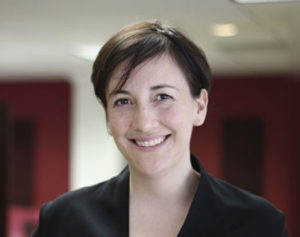Censeo facilitated alignment among a department’s diverse group of units on specific metrics in order to measure their collective impact on its customers.
Situation
In a prior phase of work, Censeo helped the client, the central education office of a major federal department, articulate a vision, mission, values and a set of shared outcomes that the 25+ education units sought to achieve together. Each unit specializes in different subject matter; further, they have pursued different approaches to measuring their impact on customers. Censeo was further engaged to operationalize the set of shared outcomes by developing common metrics for the units to track, which would allow the central office to tell a richer and more cohesive story regarding the department’s performance as a whole. This story would be shared with customers and other external stakeholders.
Approach
Censeo worked with central leadership to define the contours of a performance measurement framework that would bring the entire department from theoretical desired outcomes to tangible metrics. Using a deeply collaborative approach, Censeo facilitated a series of workshops that brought the individual education unit directors together to discuss several key topics and fill in the details of this framework. Examples included: how to establish a shared language across units for describing the services they provide to customers and how to measure them, prioritizing a shared outcome to focus on as a pilot, and articulating the key messages they wanted to convey regarding the department’s performance against the pilot outcome. Simultaneously, we performed a detailed gap analysis of current data collection capabilities.
Results
The results of the engagement were three-fold. First, Censeo recommended a phased approach to metric development for the pilot outcome based on the analysis of data collection capabilities and takeaways from the workshop discussions. In the immediate term, we recommended a methodology for calculating a metric that would utilize existing data collection capabilities and certain assumptions to estimate pan-departmental performance against the pilot outcome for the first time. We also identified action items for the department to take in the medium term to establish additional data policies and modify collection tools to build toward a more refined metric of pan-departmental performance. Second, through creating metrics for the pilot outcome, the team developed a toolkit for replicating the metric development process that can be applied to additional outcomes. Third, and perhaps most importantly, the engagement generated organizational buy-in and excitement for the overall metrics development process. The central education office plans to leverage the results of this engagement to demonstrate thought leadership to other, non-education department executives.
Featured Experts






